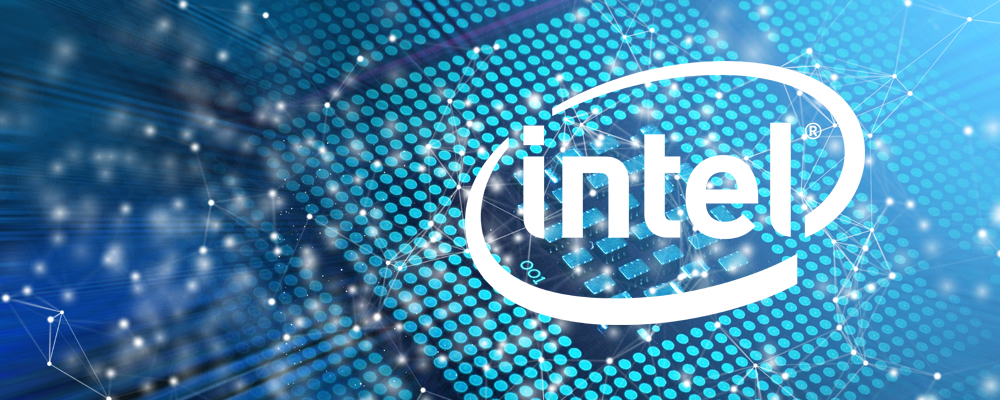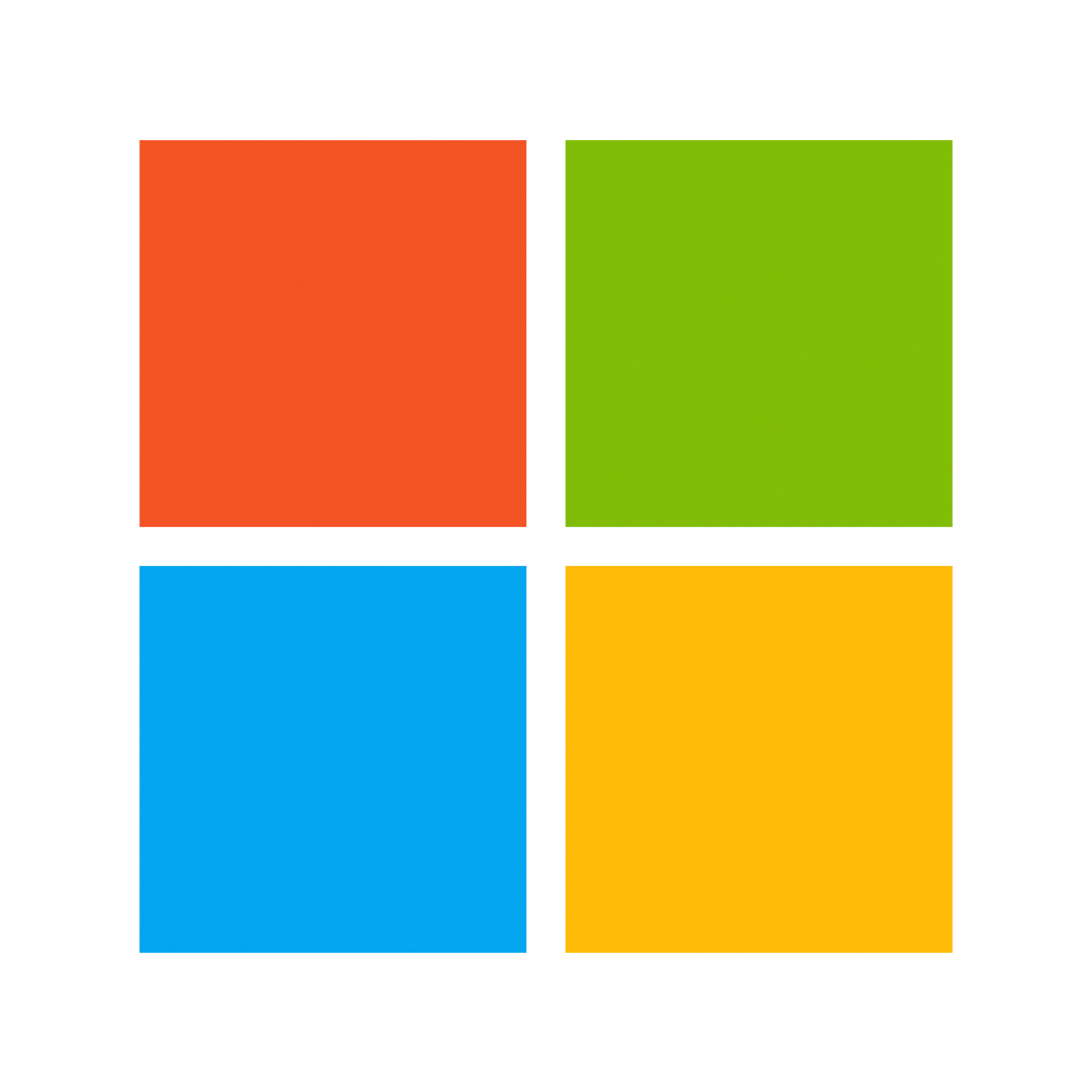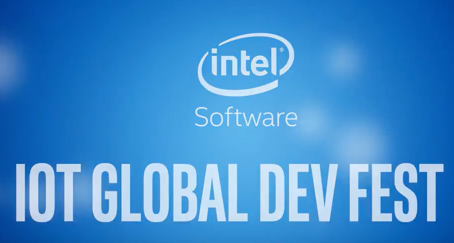With the power of Intel X86 technology, and the speed and flexibility of the Striim platform, users are able to quickly leverage their IoT data to deliver unprecedented insights, visibility, and actions in real time.
The data explosion arising from the growth of the Internet of Things (IoT) will outgrow the infrastructure and technical capabilities to transport, store and analyze those data. Moreover, transmitting all data to a central location or the cloud for analysis would be cost-prohibitive.

At the same time, businesses need to respond to events happening in real-time with low or no latency while mission-critical applications need to continue functioning even in situations with little or no connectivity. These considerations increase the urgency to move data extraction and processing as close as possible to the source of the information, emphasizing the need for edge computing in IoT applications.
The edge processing power of the Striim platform running on a gateway based on the Intel® X86 architecture, offers efficiency and expediency to the development and deployment of IoT applications. With the power of the Intel® X86 technology, the Striim agent can seamlessly ingest, processes and analyze data in real time, generating insights in milliseconds. By circumventing the need to transmit data for processing and analysis, edge processing with Striim on the Intel-based gateway achieves peak performance at a fraction of the cost and latency compared with conventional architectures.
On top of that, the Striim platform makes it easy to build new streaming edge applications and create visualization dashboards through an easy-to-use, drag-and-drop UI and SQL-like programming language, expediting development and deployment of new IoT applications.
IoT applications do not exist in a vacuum. As such, IoT solutions not only need to incorporate a variety of IoT devices, but must also be integrated with the existing enterprise infrastructure. The Striim platform is built to handle data from a variety of sources – sensors, edge devices, databases, data warehouses, operational technologies and enterprise IT systems, integrating data from both legacy and new systems, bringing about a comprehensive and robust solution catered to the demands of the enterprises of the future.













